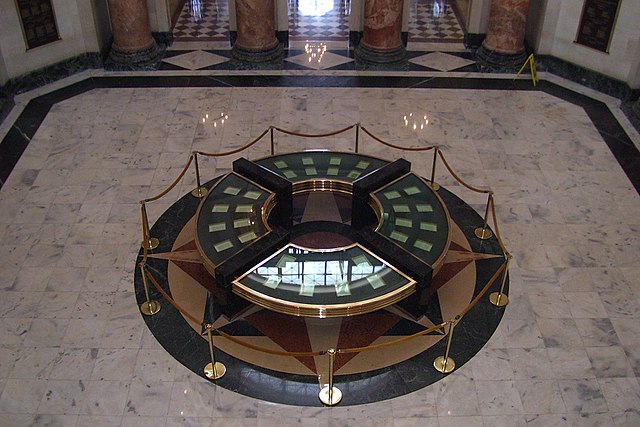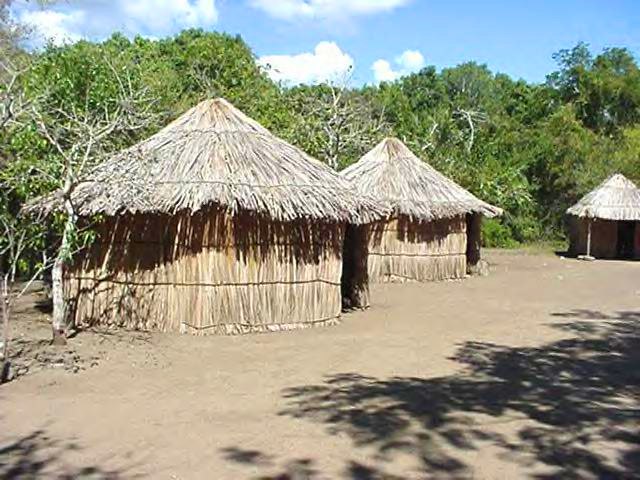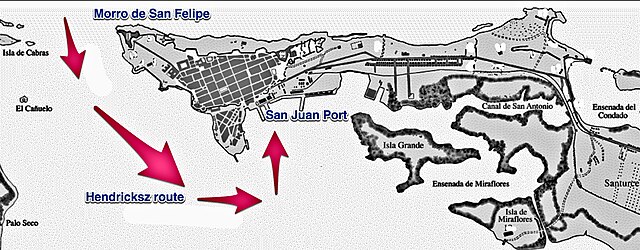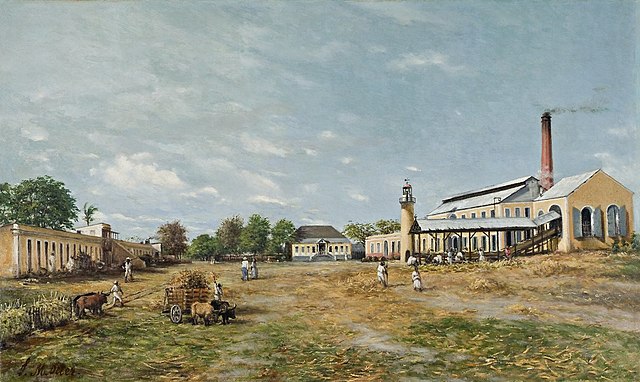Constitution of Puerto Rico
The Constitution of the Commonwealth of Puerto Rico is the controlling government document of Puerto Rico. It is composed of nine articles detailing the structure of the government as well as the function of several of its institutions. The document also contains an extensive and specific bill of rights. It was ratified by Puerto Rico's electorate in a referendum on March 3, 1952, and on July 25, 1952, Governor Luis Muñoz Marín proclaimed that the constitution was in effect. July 25 is known as Constitution Day.
Exhibition of the Constitution at the Capitol of Puerto Rico
Puerto Rico, officially the Commonwealth of Puerto Rico, is a Caribbean island, Commonwealth, and unincorporated territory of the United States. It is located in the northeast Caribbean Sea, approximately 1,000 miles (1,600 km) southeast of Miami, Florida, between the Dominican Republic and the U.S. Virgin Islands, and includes the eponymous main island and several smaller islands, such as Mona, Culebra, and Vieques. With roughly 3.2 million residents, it is divided into 78 municipalities, of which the most populous is the capital municipality of San Juan. Spanish and English are the official languages of the executive branch of government, though Spanish predominates.
A 20th-century reconstruction of an 8th-century Taíno village, located at the spot in which their ballpark and remains were discovered in 1975, in the aftermath of Hurricane Eloise
Artist's depiction of Juan Ponce de León, Puerto Rico's first governor
1625 attack on San Juan by Boudewijn Hendricksz
Sugar haciendas, like the one depicted above, ran a significant portion of the Puerto Rican economy in the late 19th century.





